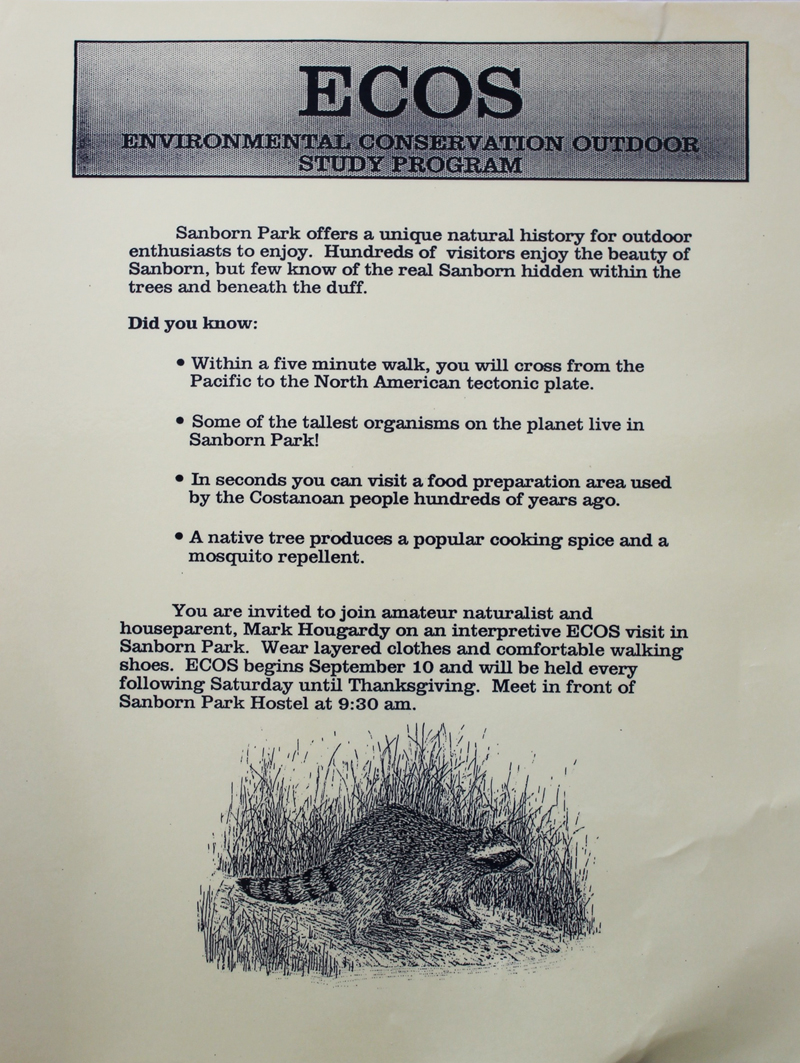When leading an educational adventure how does one tell the program’s story, while keeping those on your tour informed, imparting knowledge that helps them to make a connection, is lightweight, and “on the go?”
When building out my interpretive program I develop it so I can carry laminated sheets. For lack of a better term, I often call them placards. Here is the set of placards I use while visiting central Oregon on a 6-day educational travel program. There are about 80 placards that support my trip’s 1 interpretive theme and 3 sub-themes.

I also have about 10 placards with just data. For example, when we visit Bend, Oregon, travelers want to know about the cost of housing, population, etc. While I sometimes use the placards to help me remember, and even after discussing them, I often pass around the placards or share them during a meal so people can read at their leisure and better the photos.
On each placard, I include a color photo on one side and on the other text in 14-point font. This makes it easier to read for eyes that are over 50.
When I am working with a local or knowledge expert, I try to research their emphasis and then selectively use my materials to help them tell their story. It is like helping to set the stage so the sage on that stage can better succeed.
One of my favorite uses of placards was on an intergenerational (grandparents and their grandchildren) trip to Crater Lake National Park. That morning, I gave a brief presentation about where we were visiting and what to look out for, including a rare sight known as The Old Man of the Lake, a centuries old tree trunk that floats upright and traverses the lake’s clear waters. When I was done, I passed the placards around so people who wanted could read up a bit more. The placards included:
– basics about the lake water’s clarity
– the newts & crawdads of the area
– key info about the lake’s depth with a detailed satellite image
– how the lake is the source point of various watersheds
– more about the Old Man of the Lake (shown left).

Then our group was to hike 700 feet down to Cleetwood Cove where we would board a boat for a two-hour boat ride inside the 5-mile wide caldera. While returning across the lake, one of the kids called out that she had seen in the distance something on the water. She asked the caption if the boat could investigate, the captain did and everyone received a rare surprise, seeing the Old Man of the Lake up close.

Afterward, the captain pulled me aside and mentioned that he had known where the Old Man of the Lake was, but it was just far enough out of our route that he was not going to make a stop unless someone said they had observed it. She was surprised that someone so young in my group knew about the old man and was so eager about seeing this wonderful natural feature.
It is feedback like that that makes my job so wonderful, and having items that are lightweight, supports a theme, adds that bit of magic that makes travel so wonderful, and can better help me keep the program on schedule, are golden.
If interpretation is an idea you would like to know more about, here is a short video from the National Association for Interpretation.










 Recently, I was asked to share ideas with a tour director who was new to leading natural history walks. Here are some simple tips:
Recently, I was asked to share ideas with a tour director who was new to leading natural history walks. Here are some simple tips:

 Volunteer Organizer: Mark Hougardy | Location: Eugene-based Hiking Group Lodge | Date: April 2017 | Duration: 1 day | Participants: 80+ | Type: Outreach Event
Volunteer Organizer: Mark Hougardy | Location: Eugene-based Hiking Group Lodge | Date: April 2017 | Duration: 1 day | Participants: 80+ | Type: Outreach Event


















 In the spring and summer of 2014, I enjoyed volunteering with the Nature Conservancy of Oregon (Southwest office). My role was to help grow participation in the local volunteering community. My services included upgrading their email management tool (to Constant Contact) and designing several newsletters.
In the spring and summer of 2014, I enjoyed volunteering with the Nature Conservancy of Oregon (Southwest office). My role was to help grow participation in the local volunteering community. My services included upgrading their email management tool (to Constant Contact) and designing several newsletters.

 Â
  Â
 

 Â
  Â
 

